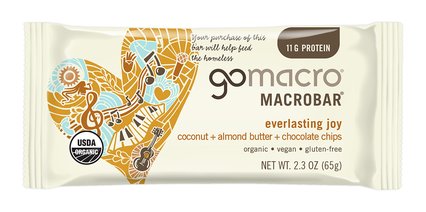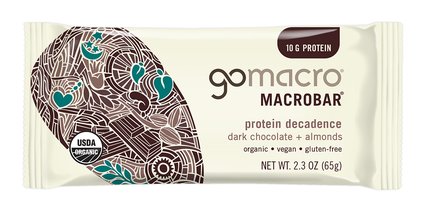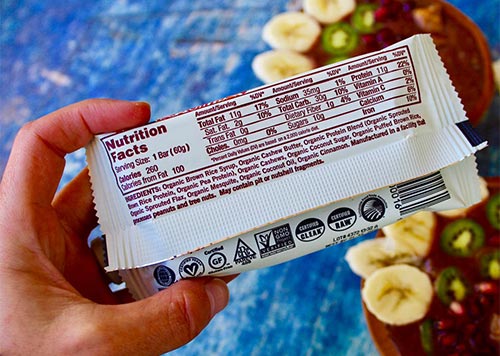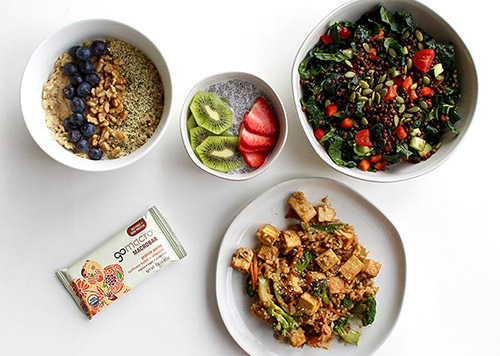Low FODMAP Meal Plan: A Day of Eating Low FODMAP Meals
As a registered dietitian who specializes in sports nutrition and digestive health, I’ve worked with several athletes and highly active people suffering from gastrointestinal conditions (i.e. IBS, IBD, Celiac, SIBO). When it comes to individuals suffering from IBS specifically, I recommend a low FODMAP diet. In this article, I’ll be explaining what a low FODMAP diet is and who it’s recommended for, as well as provide several meal ideas and recipes to help you visualize a day of plant-based, low FODMAP eating.
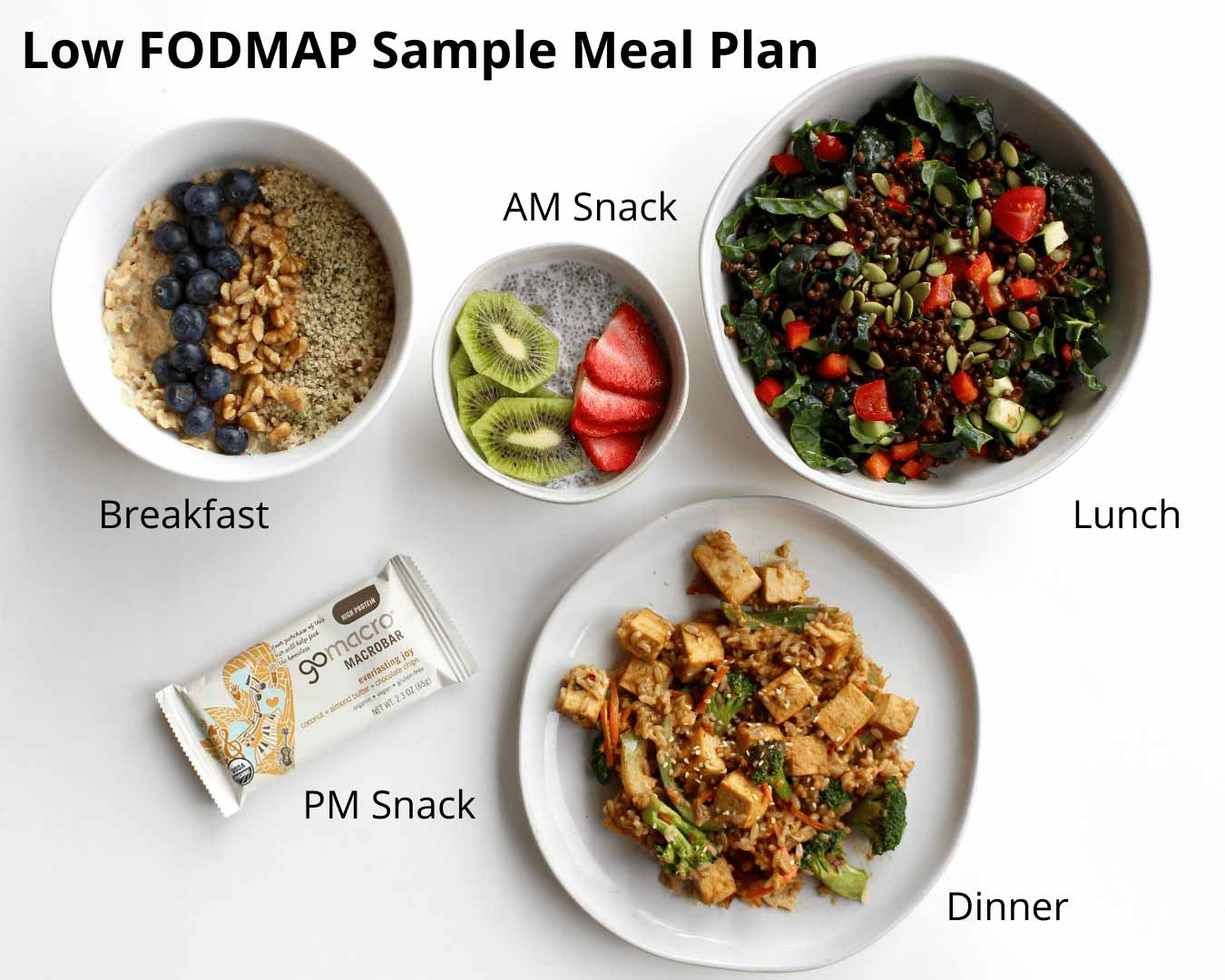
Who is the low FODMAP diet for?
The low FODMAP diet was originally developed specifically to help those suffering from irritable bowel syndrome (IBS). Research has shown up to 75% of those who suffer from IBS can benefit from dietary restriction of certain high FODMAP foods.
Following a low FODMAP diet has been shown to improve GI symptoms and changes in bowel habits related to IBS. As new research continues to develop, the diet is also becoming increasingly popular with individuals suffering from inflammatory bowel diseases (IBD), such as Crohns and ulcerative colitis, as it has been shown to relieve gut symptoms and improve quality of life.
What Are FODMAPs?
FODMAP stands for ‘fermentable oligo-, di-, and mono-saccharides and polyols.’ These types of sugars & fibers are highly fermentable, but poorly absorbed in the small intestine—which can lead to gas, diarrhea, or bloating in individuals with certain gastrointestinal disorders. FODMAPs are abundant in the average diet, and are found in many foods such as apples, pears, milk, yogurt, wheat, onions, garlic, honey, agave, beans, cashews, and sugar-free gum/mints.
Getting started on a low FODMAP diet
A strict low FODMAP diet is a learning tool, not a long-term way of life, and it’s very important that you do not self-diagnose. The first step is to consult with your doctor and begin working with a dietitian to guide you through each phase.
Your dietitian will begin by walking you through the first phase, which requires eliminating all high FODMAP foods for about six weeks. Some individuals may notice improvement in their symptoms after the first week, and others may not notice improvements for several weeks. Once there is noticeable improvement in symptoms, the reintroduction phase will begin. Your dietitian will work with you to slowly introduce high FODMAP foods and determine which types of FODMAPs you tolerate, and the amount you can tolerate them. The final phase is personalizing a ‘modified’ low FODMAP diet based on the tolerance levels found during the elimination and reintroduction phases.
Eating nutritiously during the elimination phase
When you restrict your intake of highly nutritious foods such as certain fruits, vegetables, and legumes, you’re at a higher risk of lacking key nutrients– especially fiber. However, as mentioned, this strict no FODMAP diet is meant to be a temporary learning tool, and many of the foods will be reintroduced after the elimination phase.
Look over low FODMAP or ‘FODMAP friendly’ vegetables and fruits with your dietitian, who will help to make sure you’re still consuming adequate fiber and nutrients throughout the elimination phase. For example, you can still enjoy bell peppers, broccoli, carrots, zucchini, potatoes, sweet potatoes, kale, spinach, and collard greens, as well as smaller servings of fruit such as blueberries, strawberries, cantaloupe, kiwi, grapes, and oranges.
During the elimination phase, you can also have certain grains, including quinoa, rice, oats, and millet. Again, servings are key; a low FODMAP serving of quinoa or rice is up to one cup cooked.
Other great vegan meal plans and food choices include tofu, almonds, peanuts, chia seeds, flax, sunflower, or pumpkin seeds, walnuts, dairy-free milk alternatives (almond or coconut milk), and an abundance of herbs and spices such as parsley, basil, rosemary, and thyme.
GoMacro also offers seven certified FODMAP friendly snack bars, including Protein Purity (Sunflower Butter + Chocolate) which has four grams of fiber.
A Low FODMAP Meal Plan
Before starting a low FODMAP diet, it’s important you familiarize yourself with meal options that are realistic and that you will enjoy. It’s one thing to familiarize yourself with what the diet is, but creating meals that fit these restrictions can be incredibly overwhelming. To make things easier, I’ve developed several meals and recipes to help you visualize a day of plant-based, low FODMAP eating.
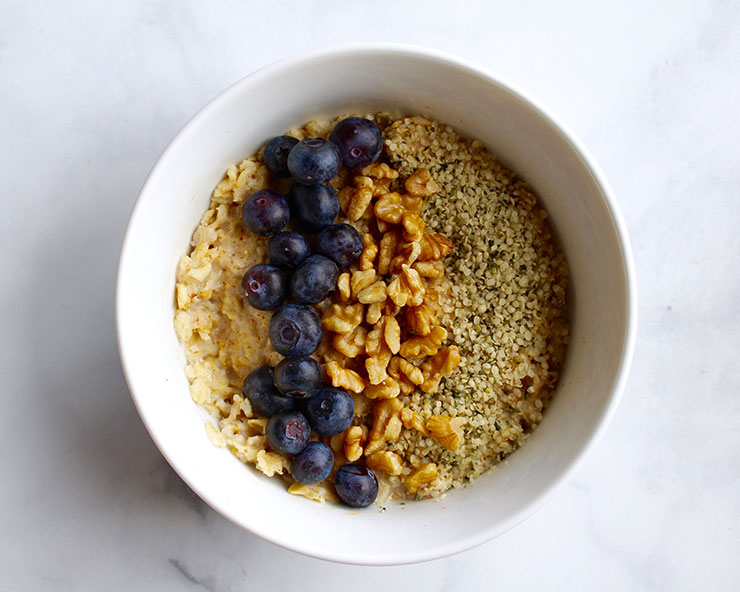
Breakfast: Oatmeal
Blueberry-Hemp Oats Recipe
Serves 1
Directions:
- Cook ½ cup gluten-free rolled oats with 1 cup water and a splash of unsweetened vanilla almond milk.
- Top with up to 2 Tbsp hemp seeds and up to 20 blueberries. For a little added crunch, sprinkle some pumpkin seeds or crushed walnuts on top and enjoy!
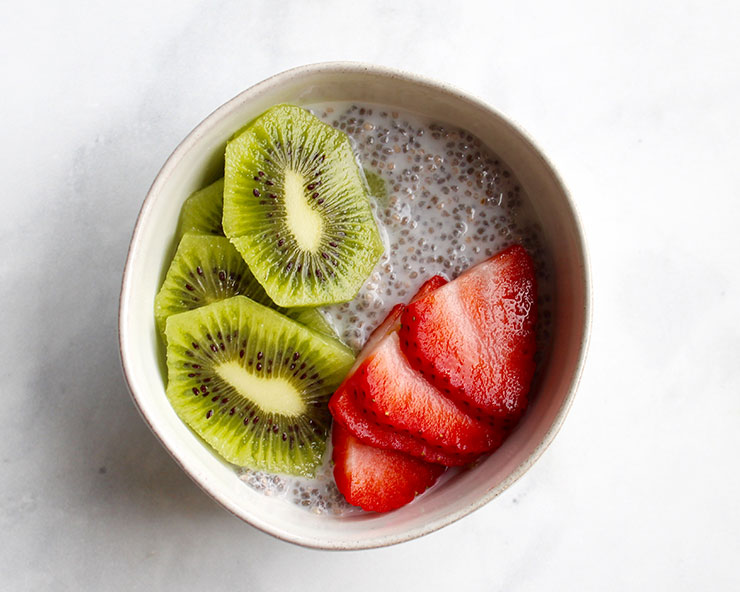
Snack: Chia Pudding
Chia Pudding Recipe
Serves 1
Ingredients:
2 Tbsp chia seeds
½ cup unsweetened vanilla almond milk (or sub with coconut milk if nut-free)
Directions:
- Pour chia seeds and almond milk together in a jar and mix well. Let settle for about 3 minutes before mixing again until there is no clumping of chia seeds.
- Cover the jar and store it in the refrigerator overnight or at least for 1 hour.
- Top with strawberries, kiwi, or blueberries. For low FODMAP servings, you can eat up to 10 medium strawberries, 20 blueberries, or 2 small kiwis.
Note: If you feel your chia pudding needs a little more sweetness, use 100% pure maple syrup to sweeten.
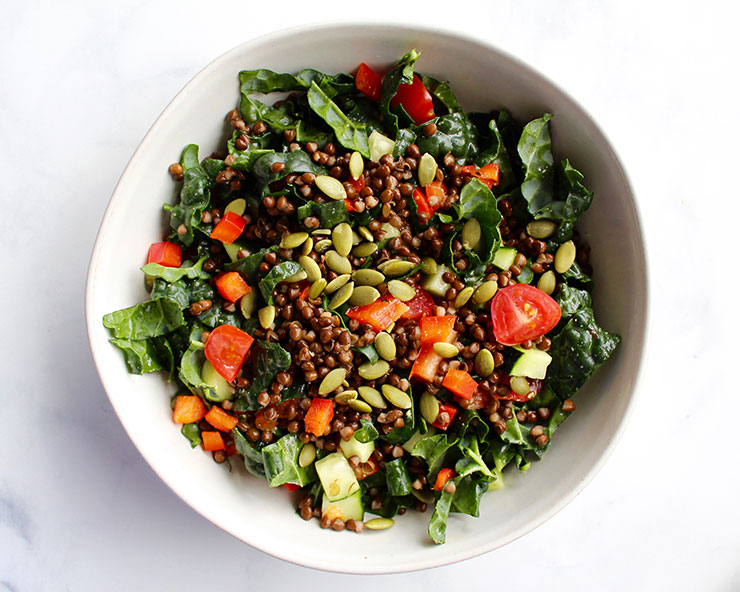
Lunch: Lentil Salad
Lentil Kale Salad Recipe
Serves 2
Ingredients:
1 can black lentils (or ~3/4 cup dry)
1 small cucumber, very finely diced
1 red bell pepper, very finely diced
10 cherry tomatoes, sliced in half
2-4 cups leafy greens (I used kale)
4 Tbsp (up to 2 tbsp per salad) of your favorite low-FODMAP dressing, I used FODY brand Garden Herb Dressing
Directions:
- Add the canned black lentils to a strainer and drain and rinse with water. Set aside to allow the water to drain from the strainer while you dice the vegetables.
- Dice the cucumber, bell pepper, and cherry tomatoes. Add together in a large mixing bowl along with the kale or leafy greens.
- Drizzle a few tablespoons of dressing on top, and stir together gently with a large spoon until combined.
- Add in the black lentils, along with a little additional dressing if desired, and transfer to plate to serve. Top with pumpkin seeds for a little added crunch.
Note: Store any leftovers in an airtight container in the fridge for up to 4 days.
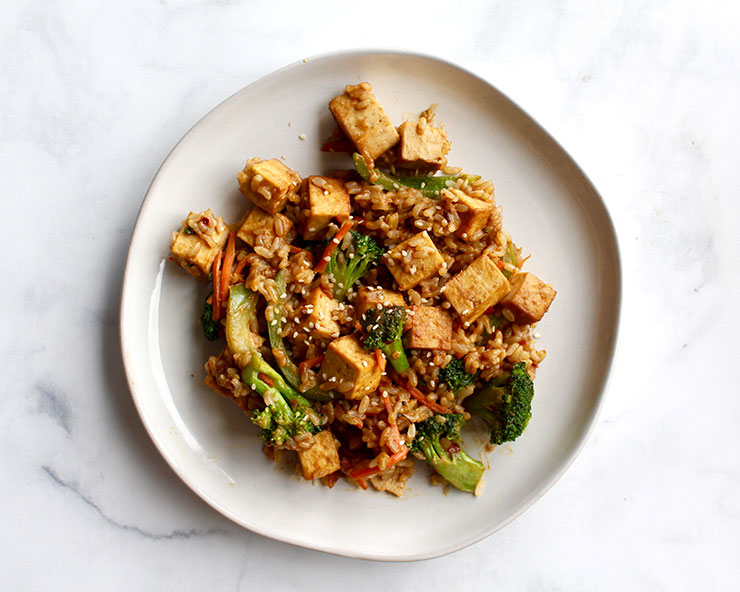
Dinner: Tofu & Vegetable Stir Fry
Tofu Stir Fry Recipe
Serves 2
Ingredients:
1 block extra-firm tofu, cubed and pressed
½ cup each: shredded carrots, diced bell peppers, chopped broccoli
1-2 cups brown rice
Sauce
4 Tbsp creamy peanut butter
¼ cup tamari or low sodium soy sauce
2 Tbsp light brown sugar
1 Tbsp rice vinegar
1 Tbsp toasted sesame oil
½ tsp red pepper flakes
optional: small piece of fresh ginger root
2-4 Tbsp water (until desired consistency)
Directions:
- Combine all sauce ingredients together in a small dish or food processor and stir or blend until well combined. Add additional water one tablespoon at a time until a pourable sauce is formed to desired consistency.
- Add about a tablespoon of FODY Garlic-Infused oil to a large skillet over medium-high heat, followed by the cubed tofu. Flip the tofu after a few minutes, until both sides are golden brown.
- While tofu is cooking, dice and chop the vegetables, and prepare the rice. If using dry rice, boil in water for 15 minutes or as directions state on the package. Remove tofu from skillet and set aside.
- After removing the tofu and setting aside on a plate, add a little more oil to the skillet and sauté the vegetables for about 5 minutes.
- Add in the cooked rice and the tofu to the vegetables.
- Pour in all of the sauce mixture and stir together until all ingredients are coated. Serve immediately and store any leftovers in the fridge for up to four days.
About the Author: Angie Asche, MS, RD, CSSD is a nationally-recognized food and nutrition expert, board certified specialist in sports dietetics, and owner of Eleat Sports Nutrition. You can follow her on Instagram: @eleatnutrition.
